Decision Making
Created: Jul 18, 2020 at 11:29pm
2-way vs 1-way Door Decisions
2-way door decisions (Type 2) are decisions that can be reversed/undone. This can be iterated quickly and learn from the mistakes. Such as a A/B testing content/buttons on the website. Sales pitch scripts. Picking restaurants. You get the idea.
1-way door decisions (Type 1) are ones that are hard to reverse or undo. You need to be thoughtful and consider 2nd-order effects before deciding. Examples are key customer related decisions, legal, big financial decisions, and people related decisions.
Once a decision has been made, disagree and commit. People should debate hard for key decisions but once decided, everyone needs to commit to the decision without second thoughts.
4 Types of Decision Making
There are 4 types of decision making and we encourage consultative and delegating decisions:
- Consultative: The leader listens to everyone’s inputs, but the owner makes and owns the decision in the end. --> 🟢 This is highly encouraged.
- Delegating: The leader starts the meeting by delegating the decision to a subject matter expert or to someone leading the initiative/area. --> 🟢 This too is highly encouraged.
- Autonomous: The leader comes in with a decision and shares the decision (and its context.) --> 🟠 This is only for announcements or when dealing with crisis-mode (e.g. "Building's on fire. Get out!")
- Consensus: The leader calls for a vote or strives to get everyone to agree. --> 🔴 Almost never used nor encouraged.
Using decision making frameworks
[[DRI-RAPID Framework]] is a great tool to make decision making process more efficient as company scales.
